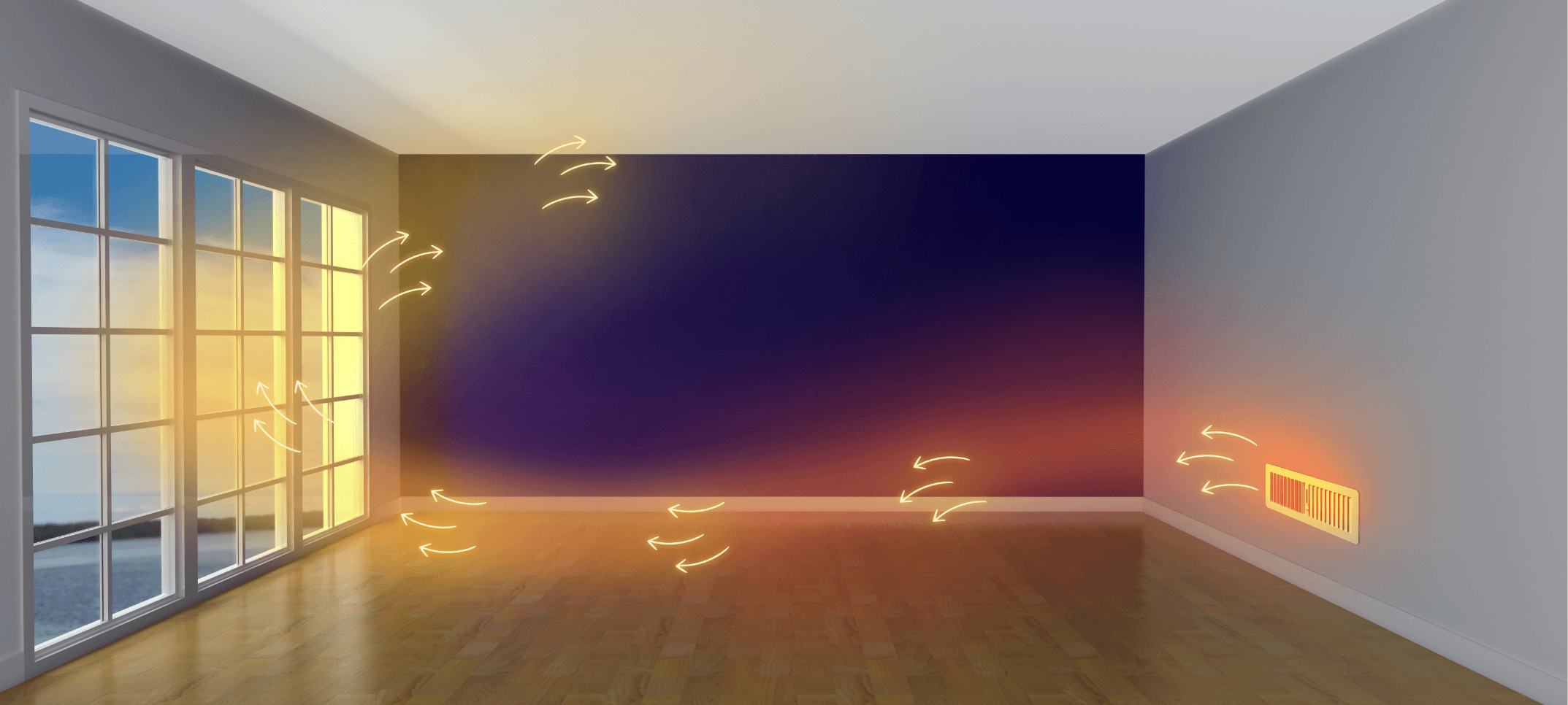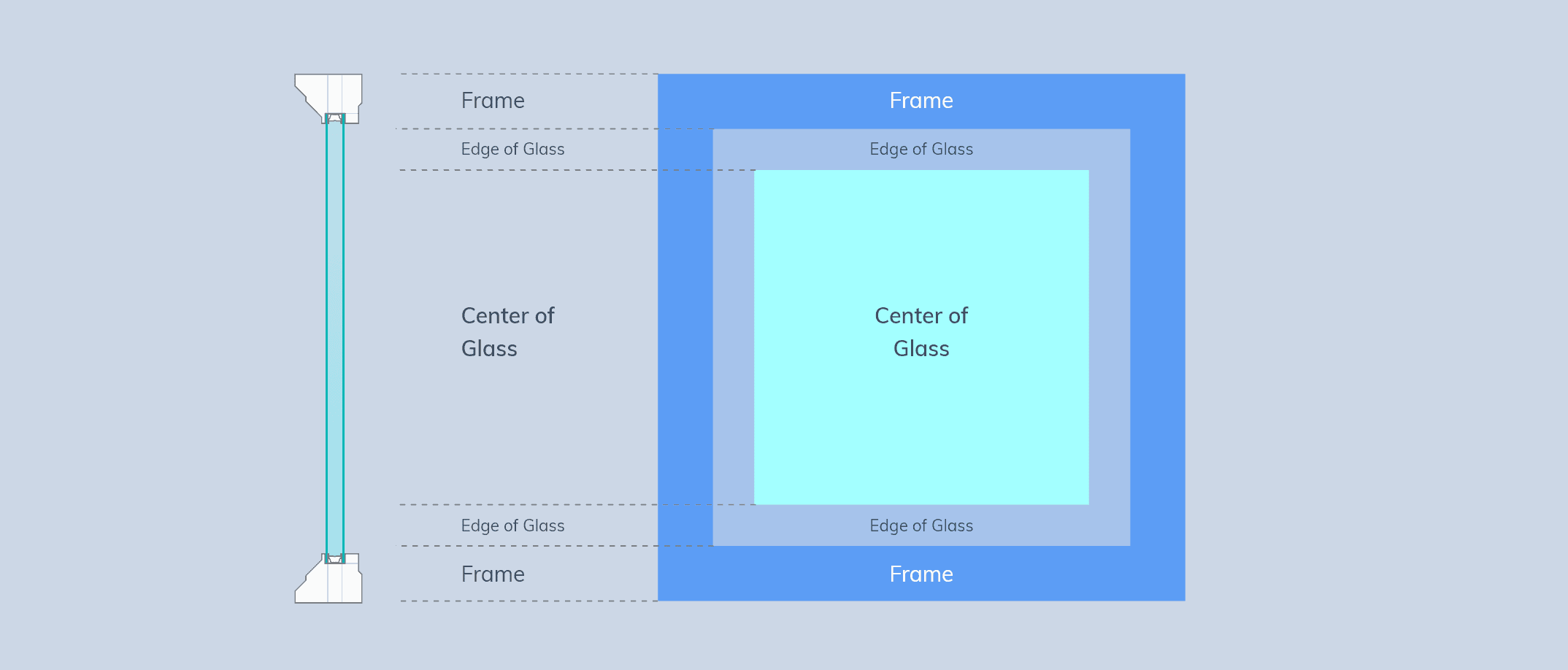U-factor
Last Updated: July 31, 2024
Share Article
U-factor
U-factor
U-factor, or U-value, is a critical metric used in the building industry to quantify the rate of heat transfer through a material. U-factor specifically measures how well a window or door insulates, signifying the rate at which heat is lost through the window or door assembly. The lower the U-factor, the better the insulating properties of the window or door, which in turn improves energy efficiency and reduces heating and cooling costs.
The U-factor values are determined under two primary sets of environmental conditions, established by ANSI/NFRC 100:
- Winter Conditions: Outside temperature 0°F (−18°C), nighttime with no solar load, wind speed at 12 mph (19.3 km/h), and an inside temperature of 70°F (21.1°C). All U-factors are under wintertime conditions unless indicated.
- Summer Conditions: Outside temperature 90°F (32.2°C), daytime with a significant solar load, wind speed at 6 mph (9.7 km/h), and an inside temperature of 75°F (23.9°C).

Figure: Low U-factor minimizes heat loss
The U-factor is measured in two primary units, depending on the region: IP (Imperial) units and SI (Metric) units. The United States uses the IP system. U-factor (IP) is expressed in terms of BTU/(hr-ft²-°F) (British Thermal Units per hour per square foot per degree Fahrenheit). In contrast, the SI (Système International) unit for U-factor is W/(m²-K) (Watts per square meter per degree Kelvin) and is used in Canada and Europe. While the units seem quite different, they measure the same thing; they simply represent different systems of measurement.
Center-of-Glass vs. Whole Window U-Factor:
The ‘center-of-glass’ U-factor measures the insulating properties of the IG unit alone. This measurement is useful for comparing the performance of different types of glazing materials and low-E coatings. However, it does not represent the insulation performance of an entire window or door.

Figure: Center-of-Glass vs. Whole Window U-Factor
The ‘whole window’ U-factor considers the comprehensive performance of the entire window or door assembly, including the frame, spacer, and the glass. This metric is a more accurate representation of how the entire window or door product will perform once installed, as it considers the impact of all elements combined. When considering energy efficiency and potential cost savings for heating and cooling, the ‘whole window’ U-factor is the most relevant measurement.
Summer U-factor (U-Summer)
Summer U-factor measures how well window glass blocks heat in hot and sunny conditions. A lower value indicates better blocking of re-radiated heat, helping to keep interiors cool and making air conditioning systems more efficient. This is especially vital in areas or structures where staying cool is a priority, guiding the choice of materials and building designs to save energy in warm weather.


